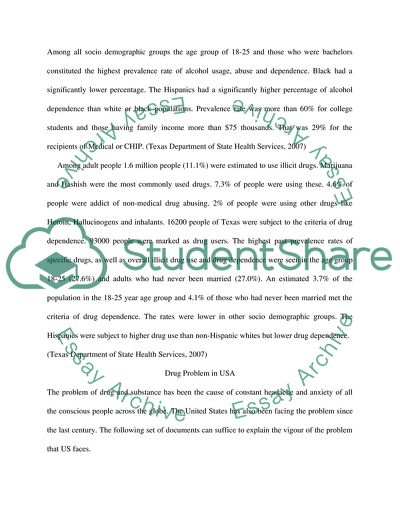Cite this document
(Drug Addiction and Substance Abuse in the USA Essay, n.d.)
Drug Addiction and Substance Abuse in the USA Essay. https://studentshare.org/sociology/1711745-substance-abuse-in-adolescents
Drug Addiction and Substance Abuse in the USA Essay. https://studentshare.org/sociology/1711745-substance-abuse-in-adolescents
(Drug Addiction and Substance Abuse in the USA Essay)
Drug Addiction and Substance Abuse in the USA Essay. https://studentshare.org/sociology/1711745-substance-abuse-in-adolescents.
Drug Addiction and Substance Abuse in the USA Essay. https://studentshare.org/sociology/1711745-substance-abuse-in-adolescents.
“Drug Addiction and Substance Abuse in the USA Essay”. https://studentshare.org/sociology/1711745-substance-abuse-in-adolescents.


